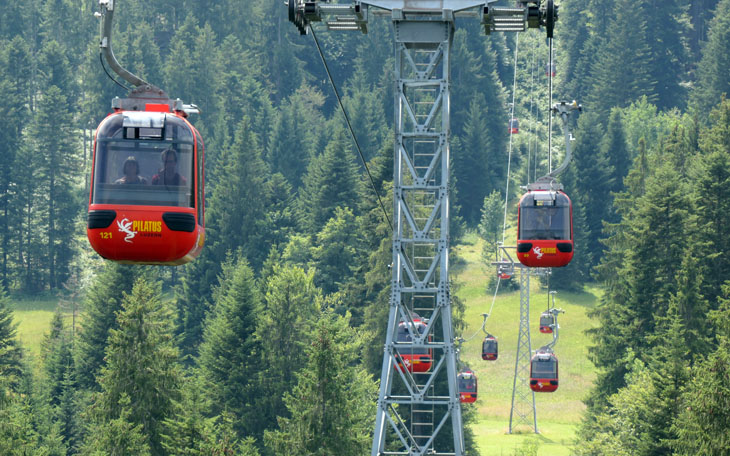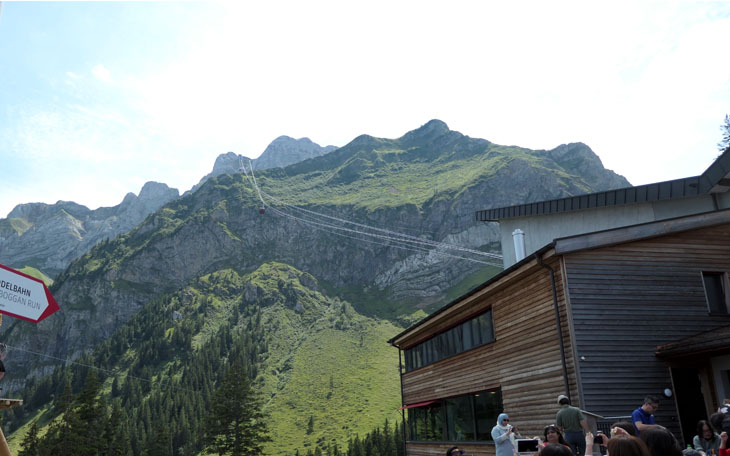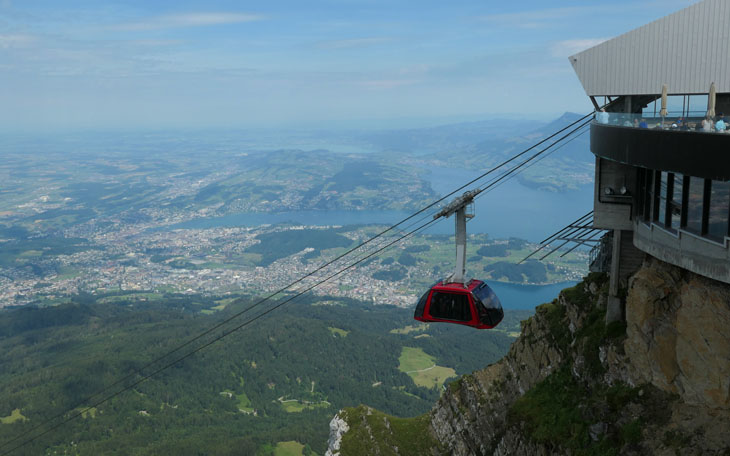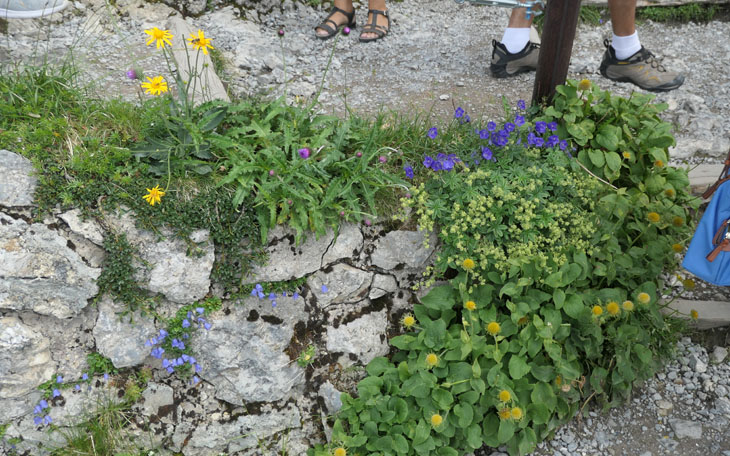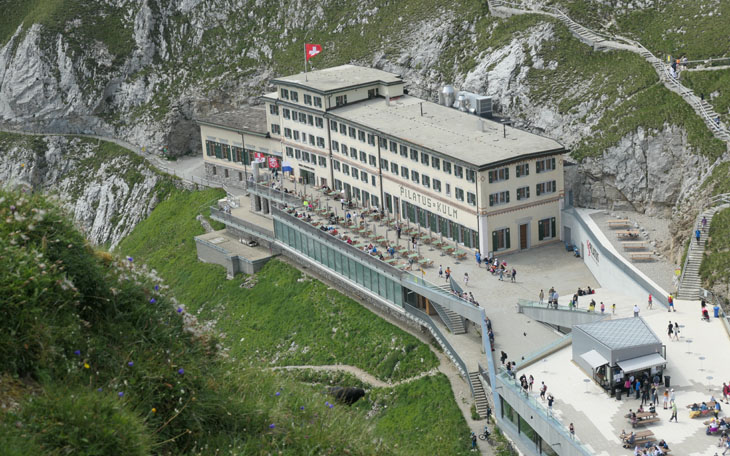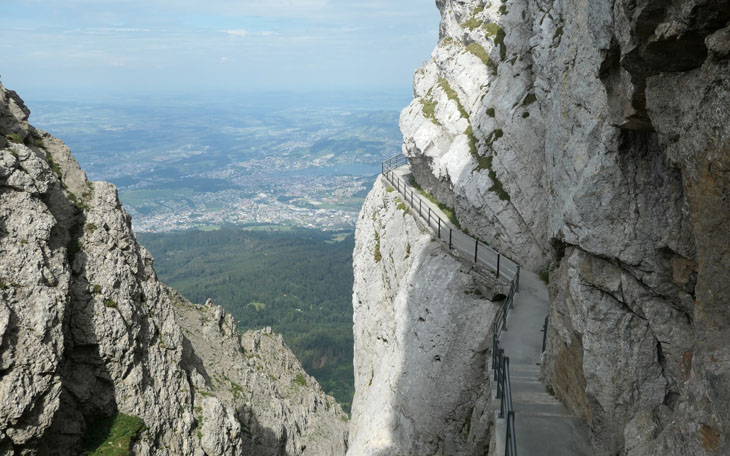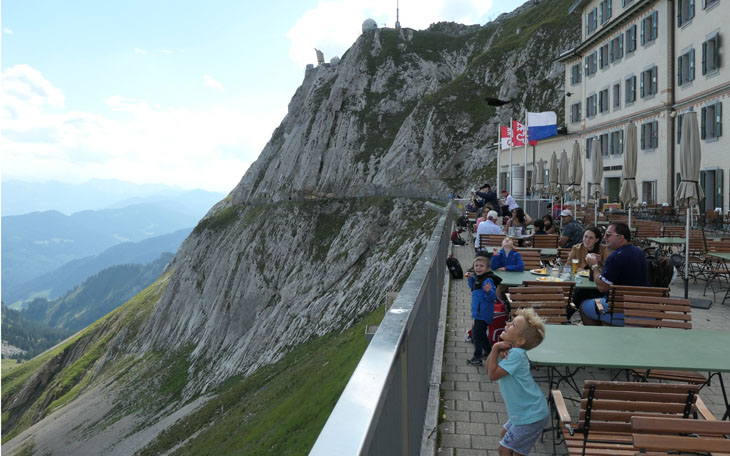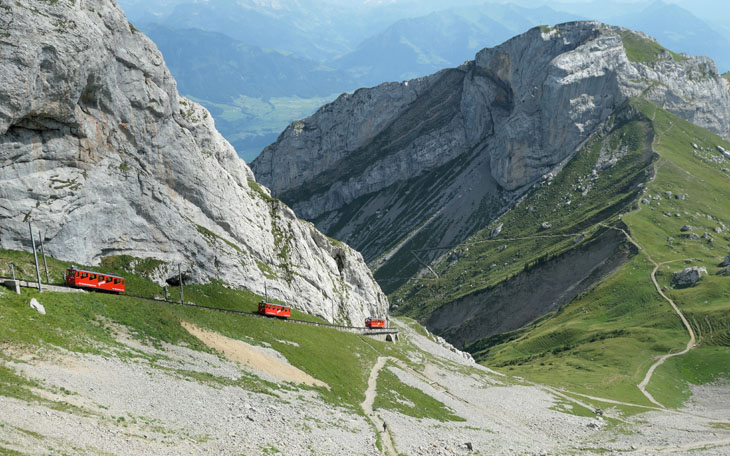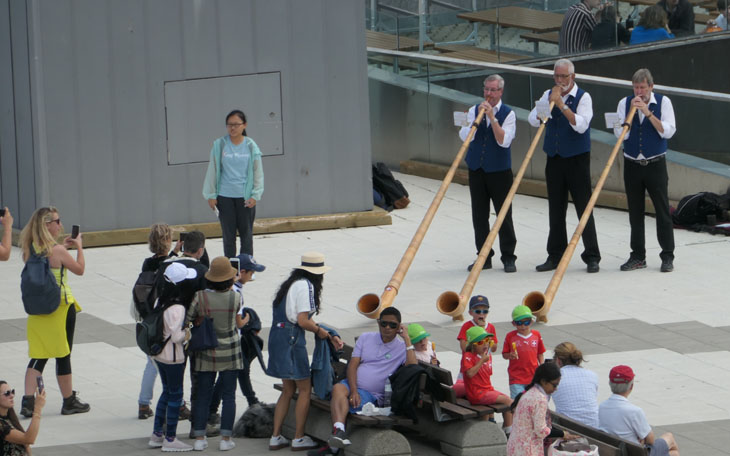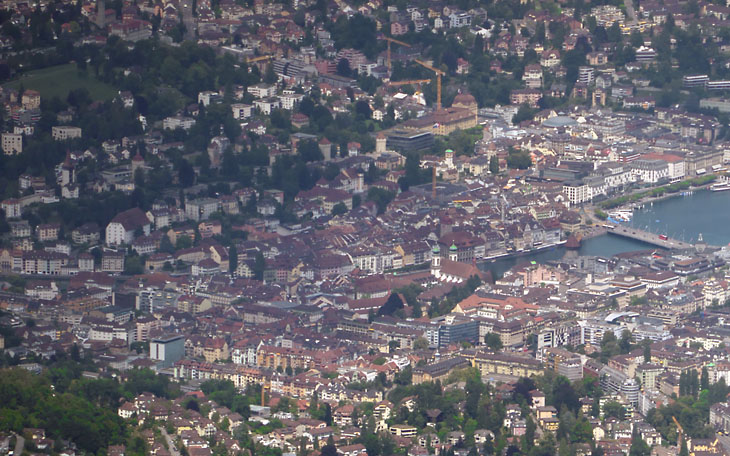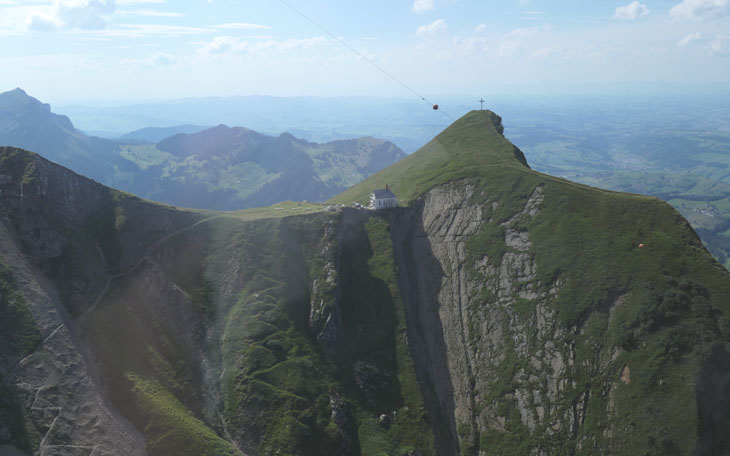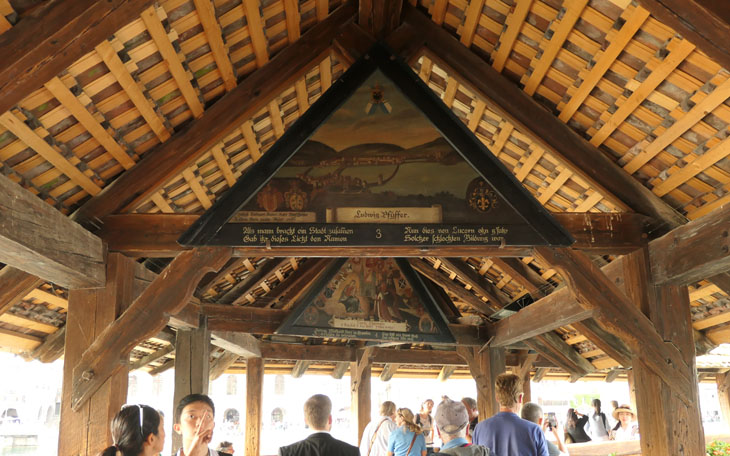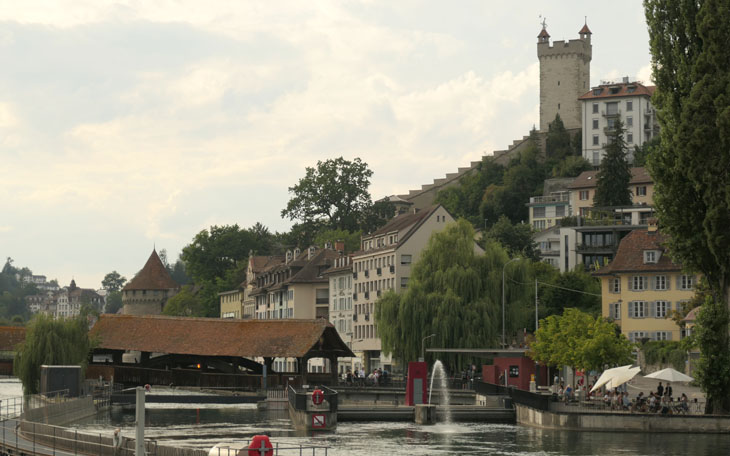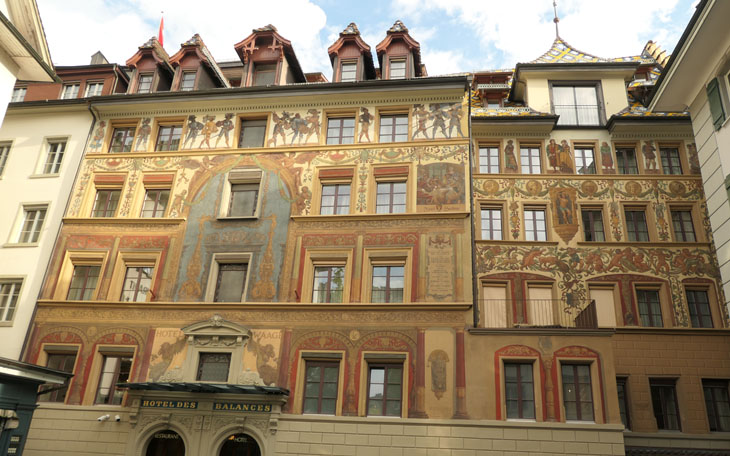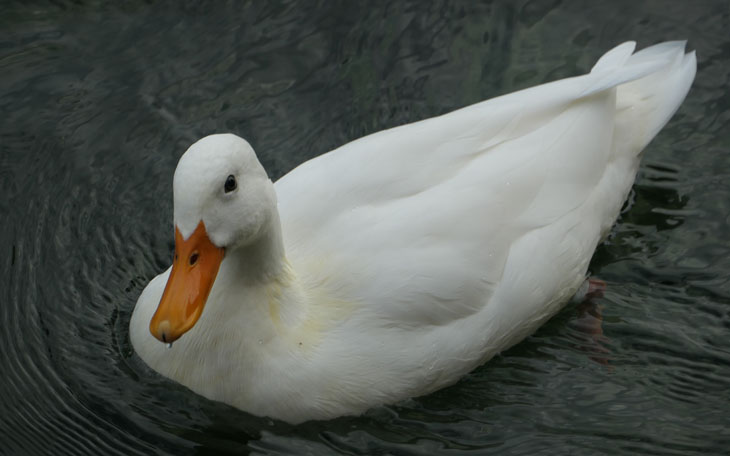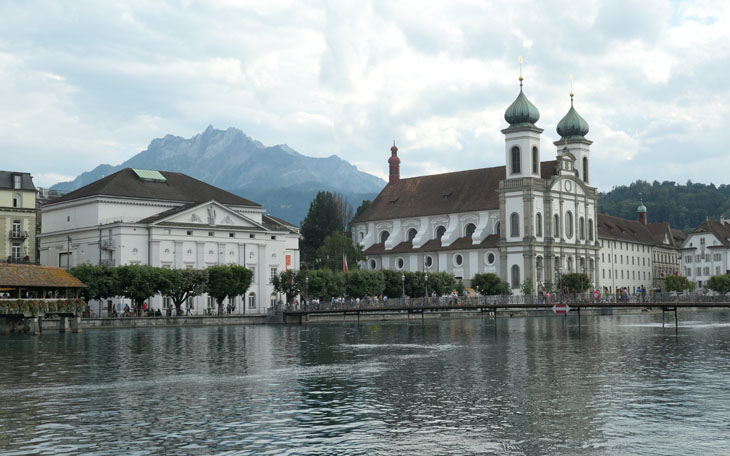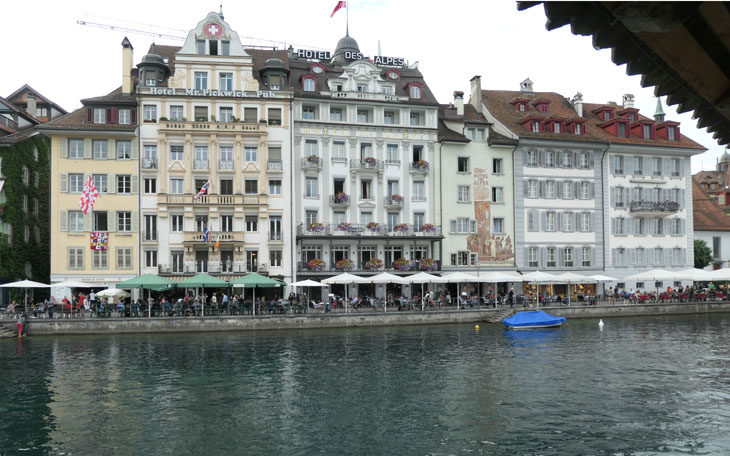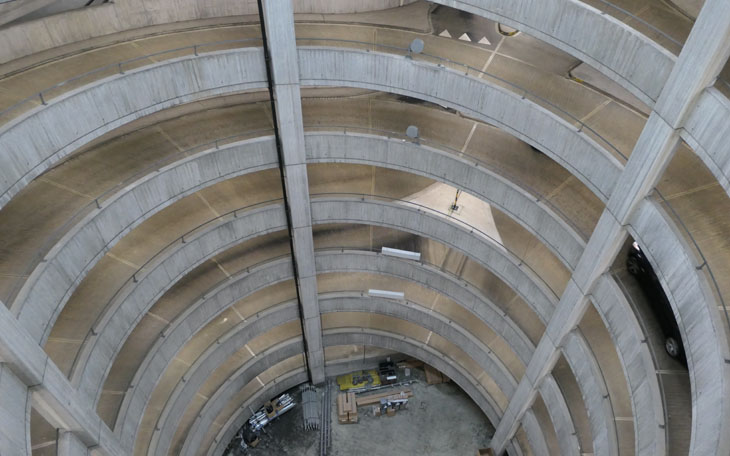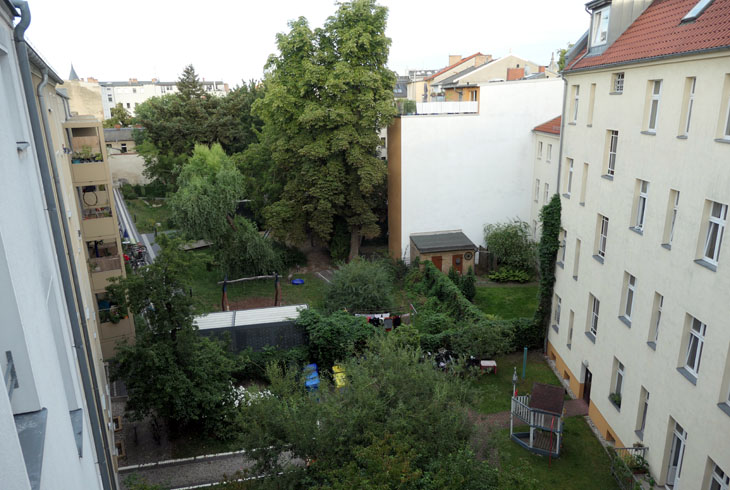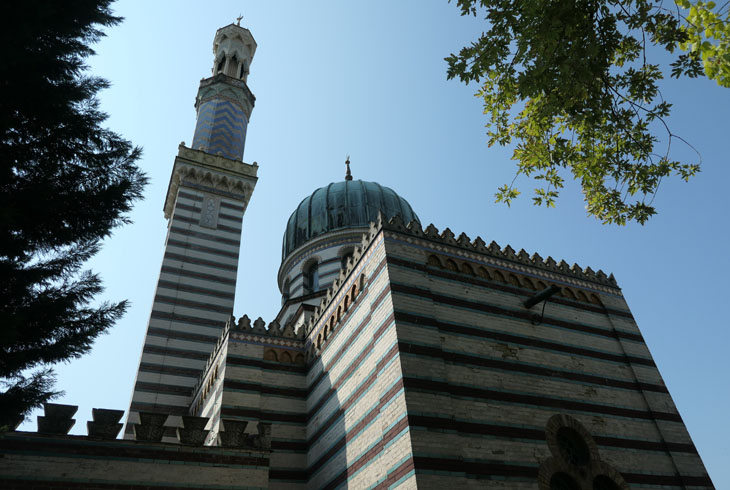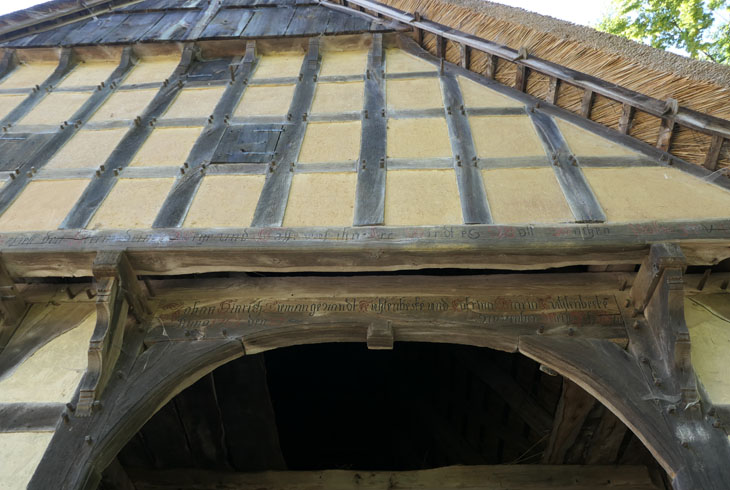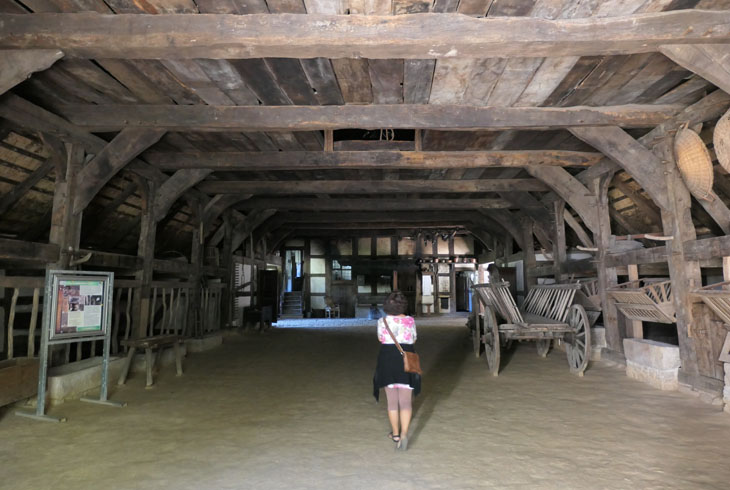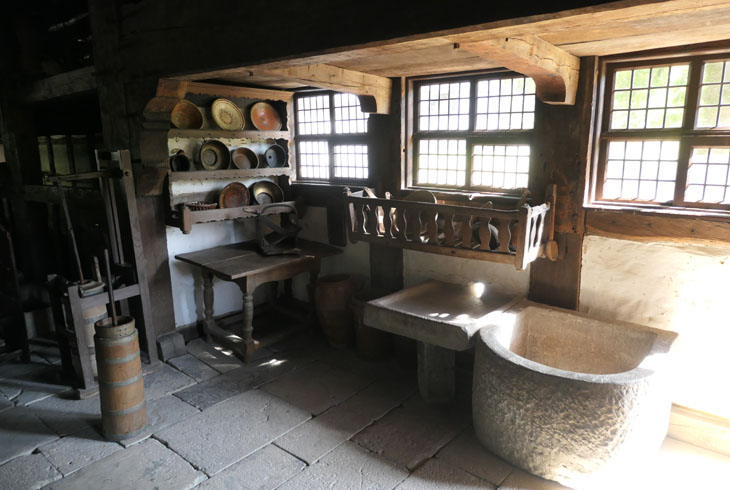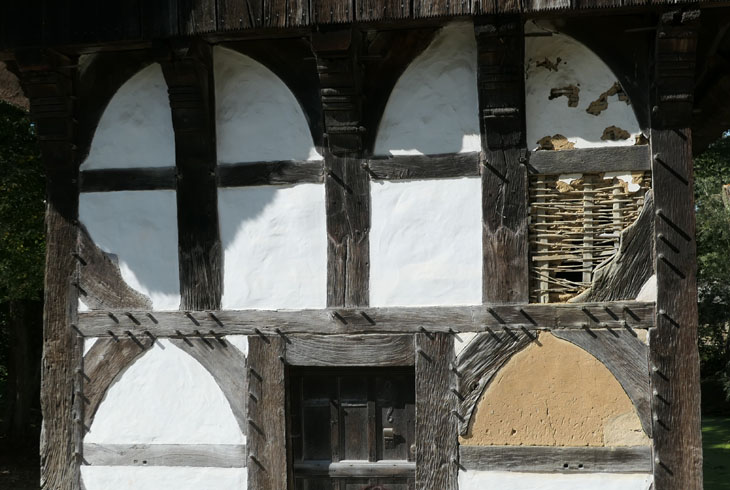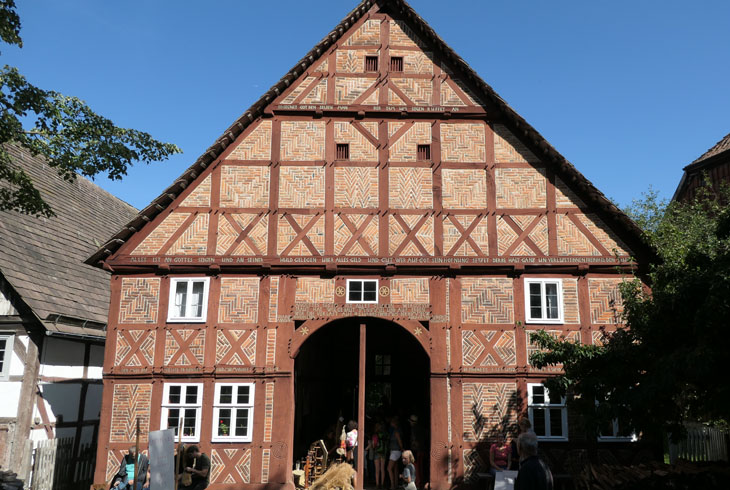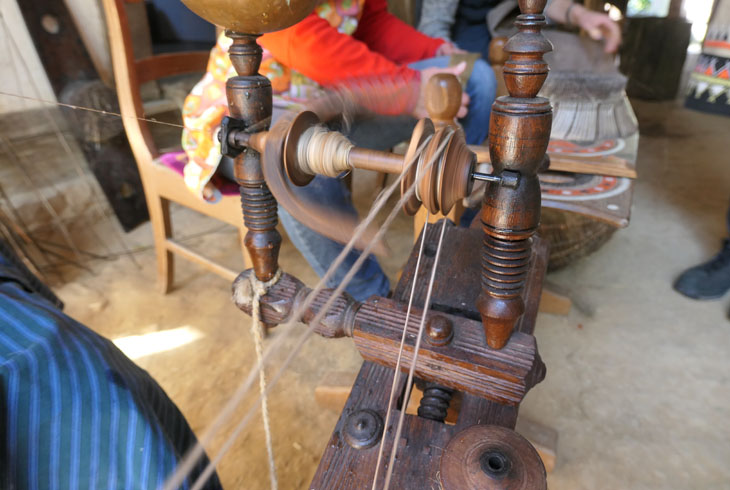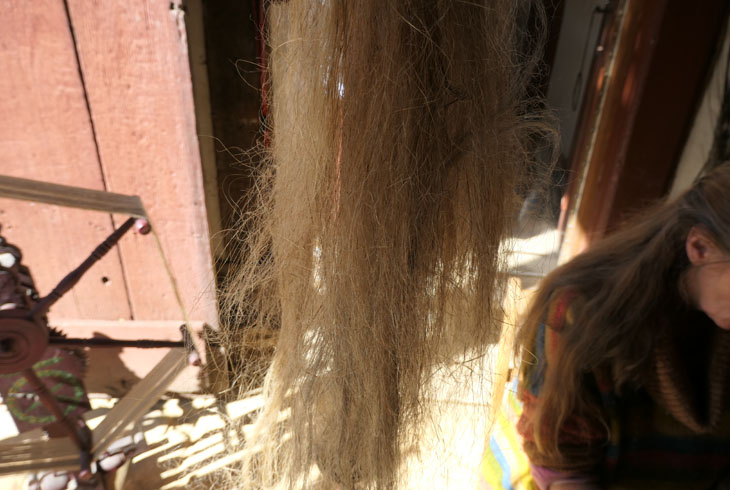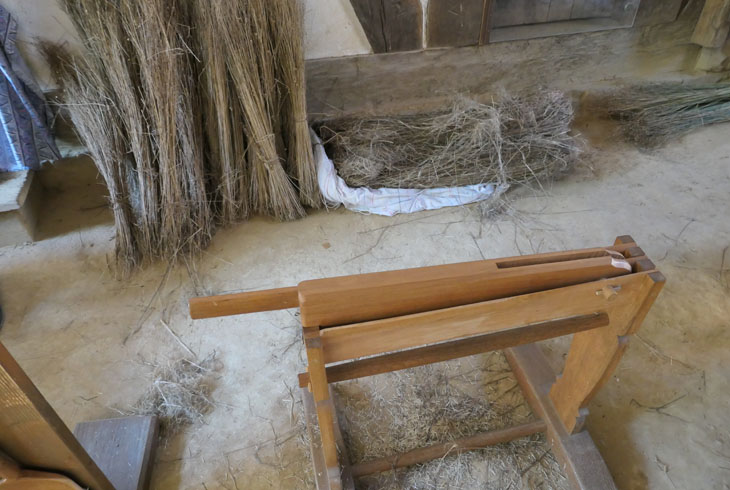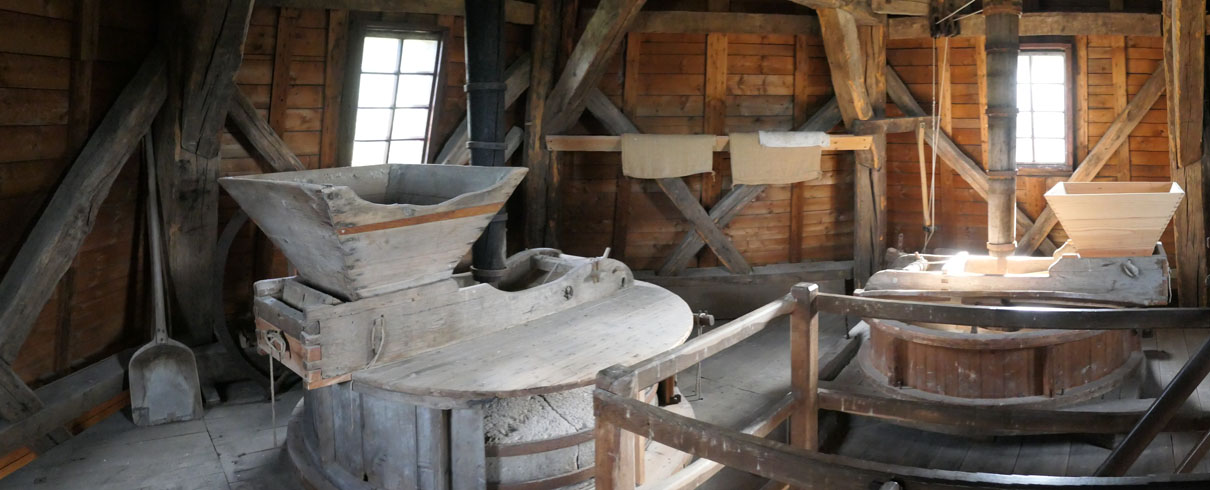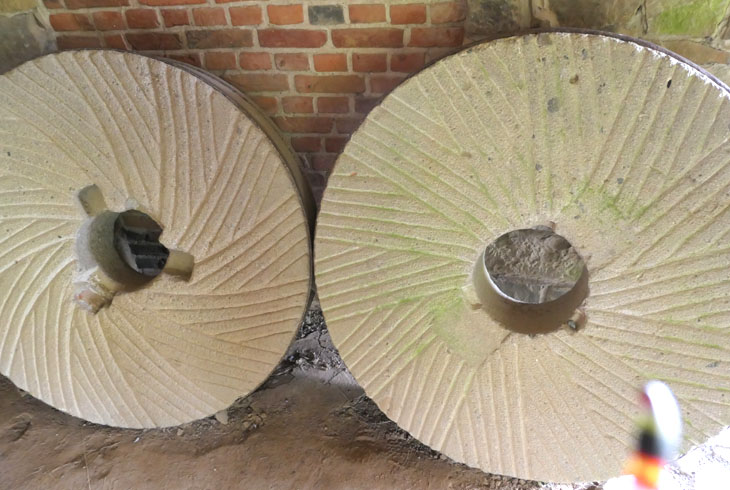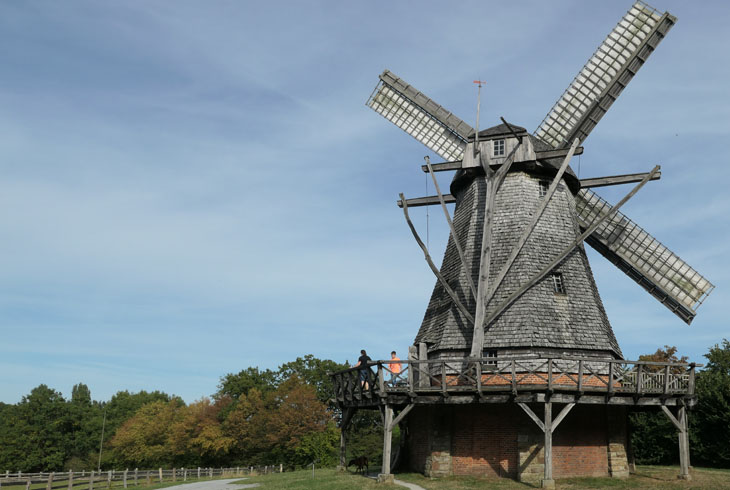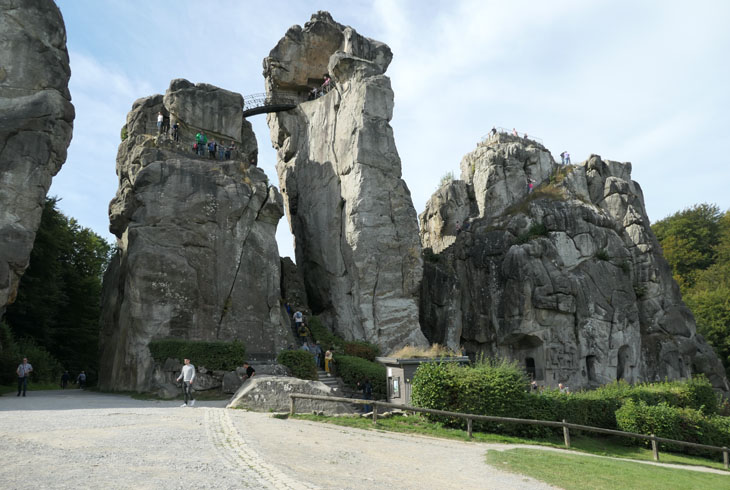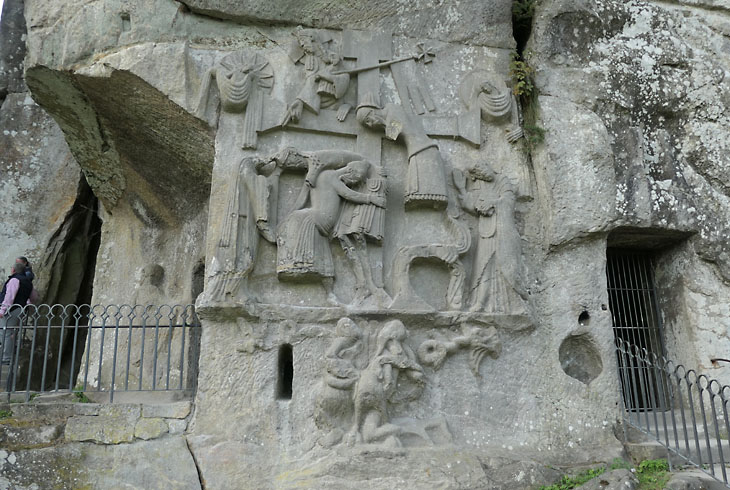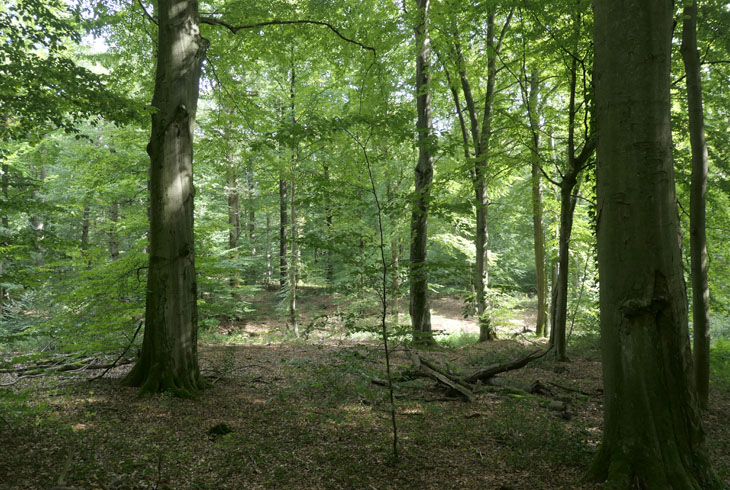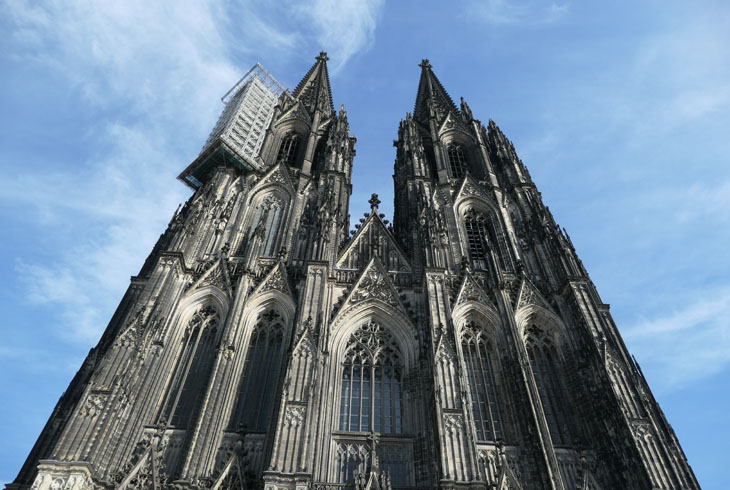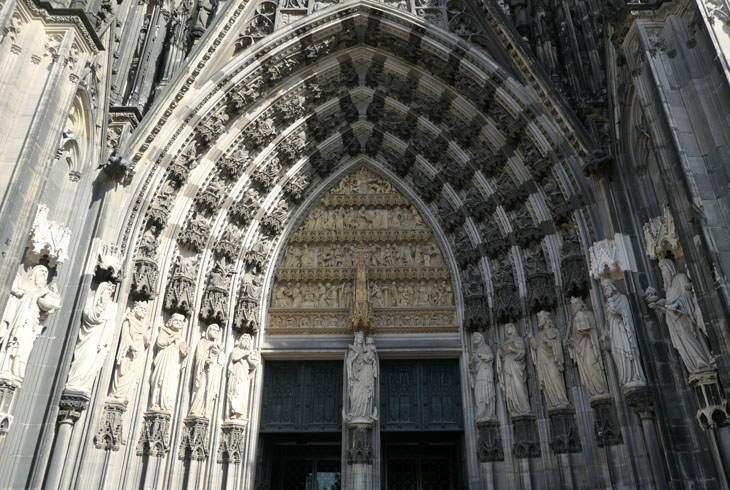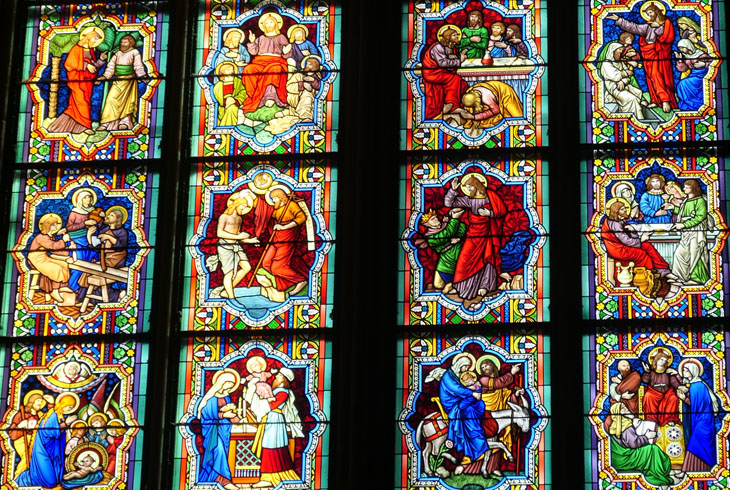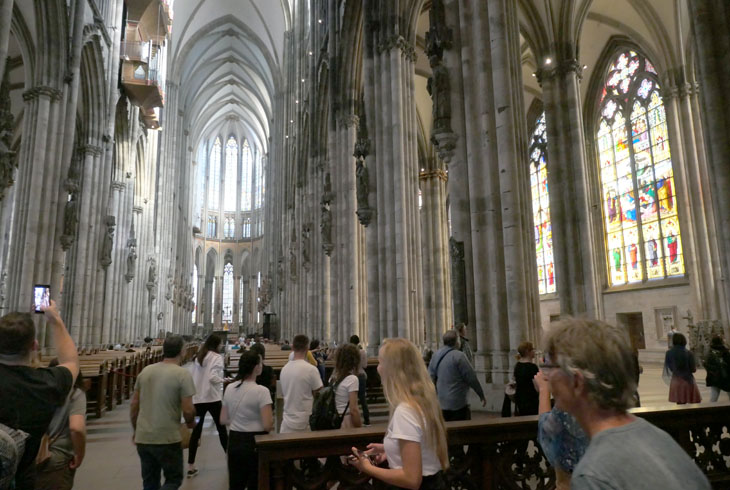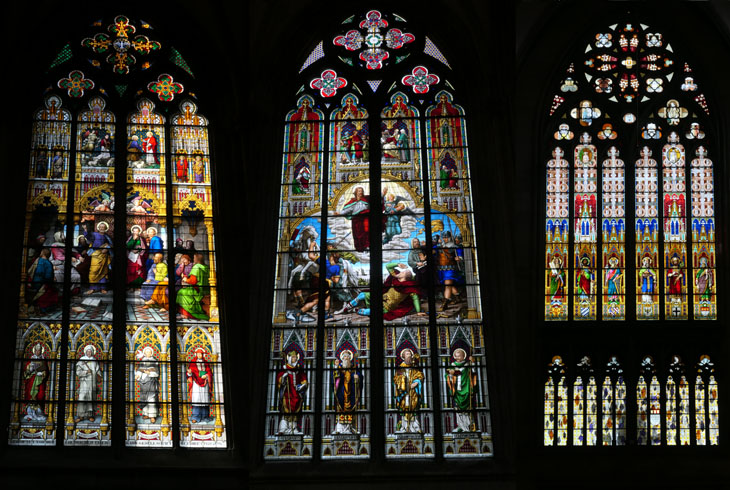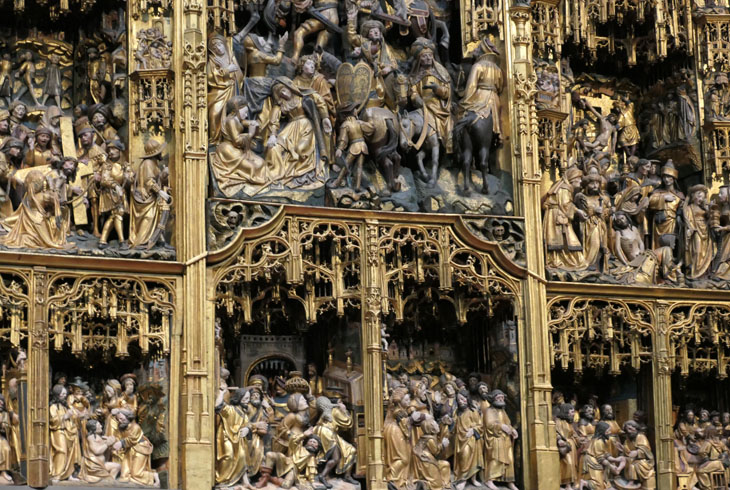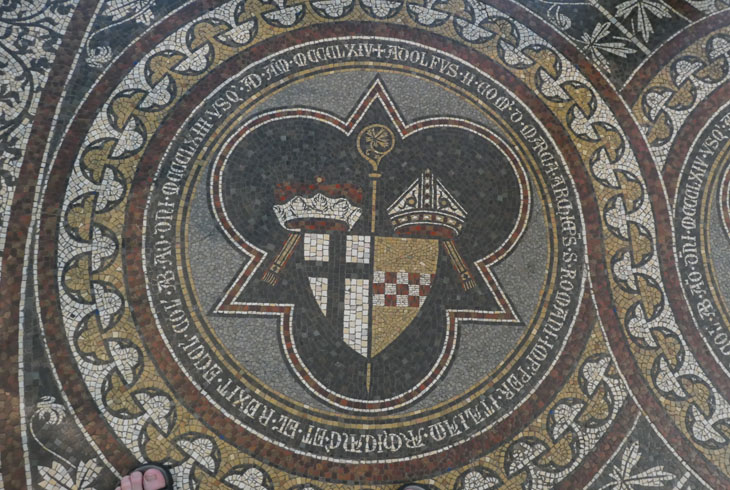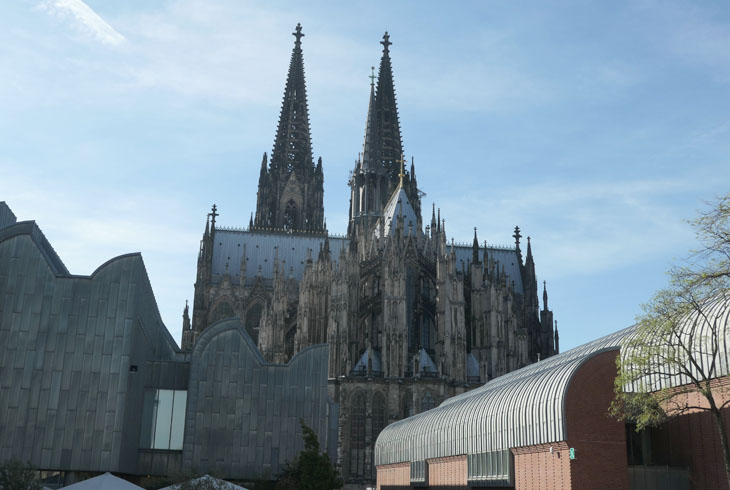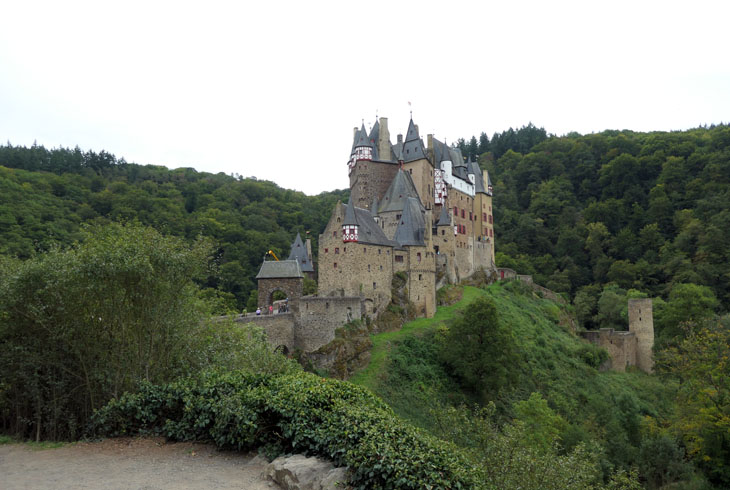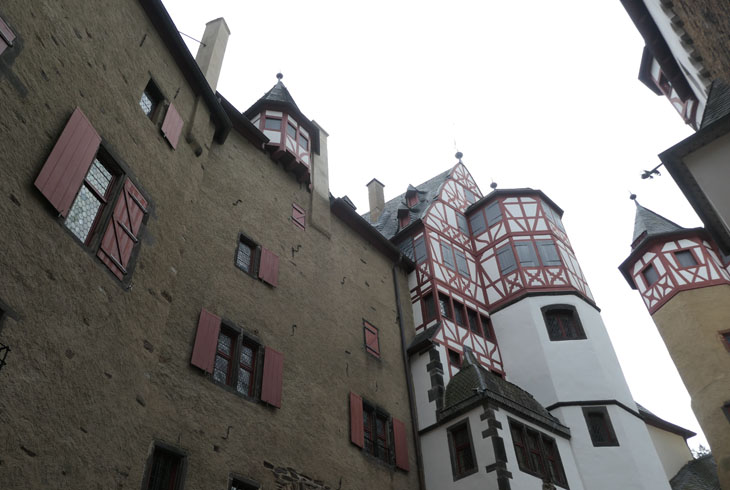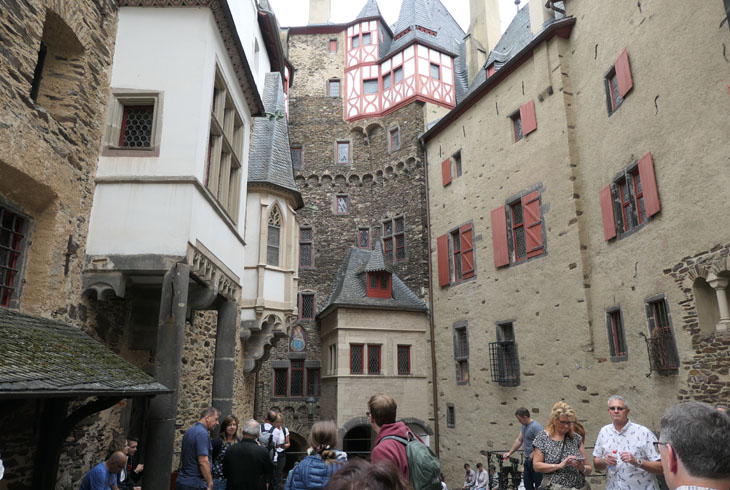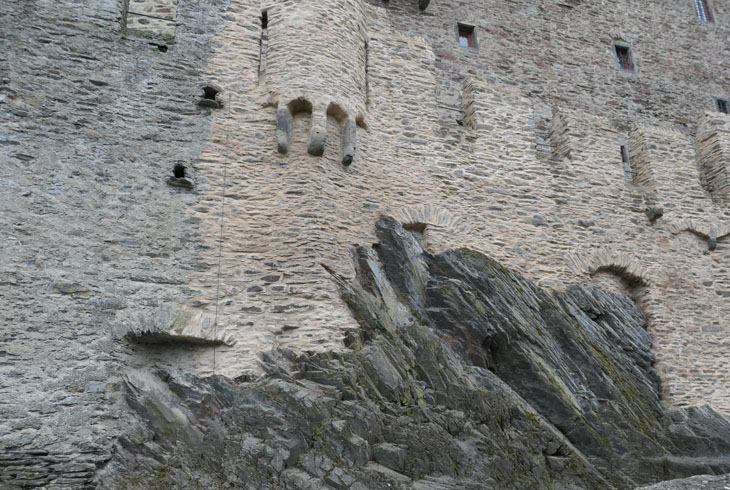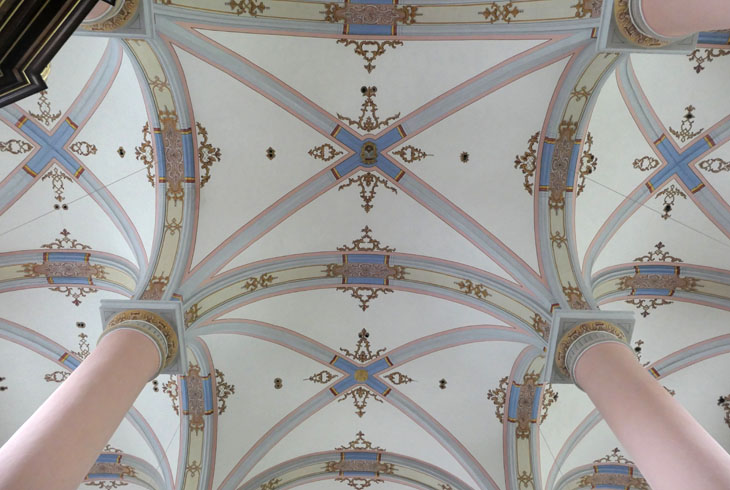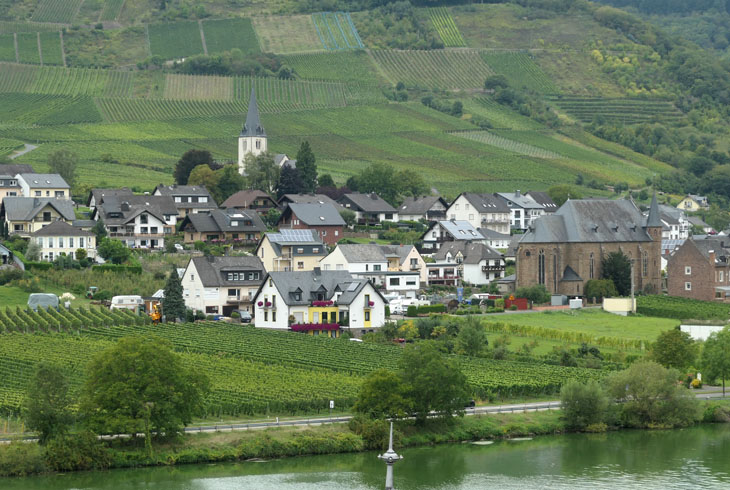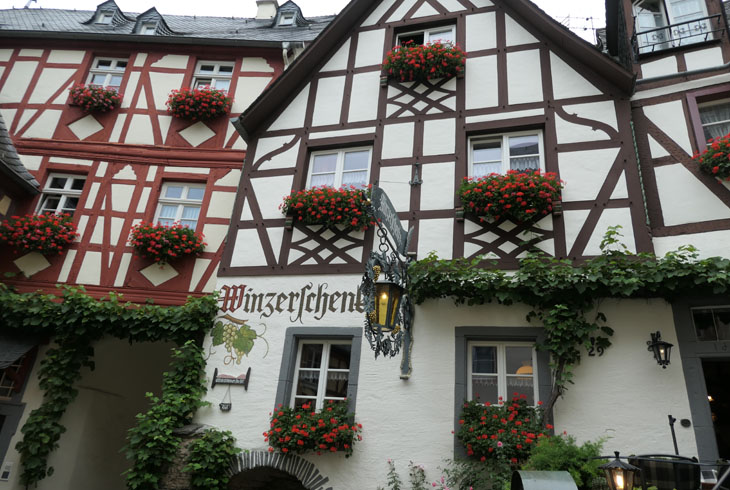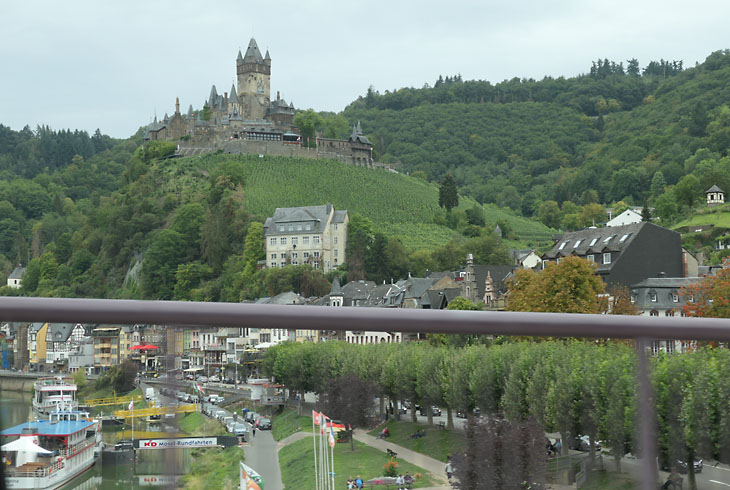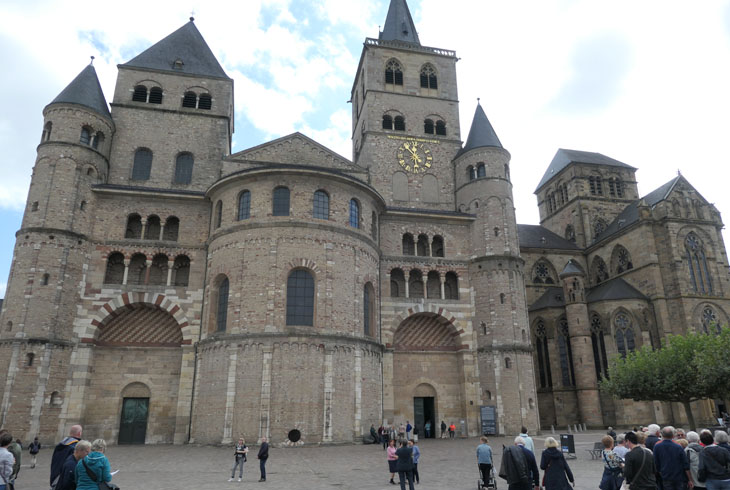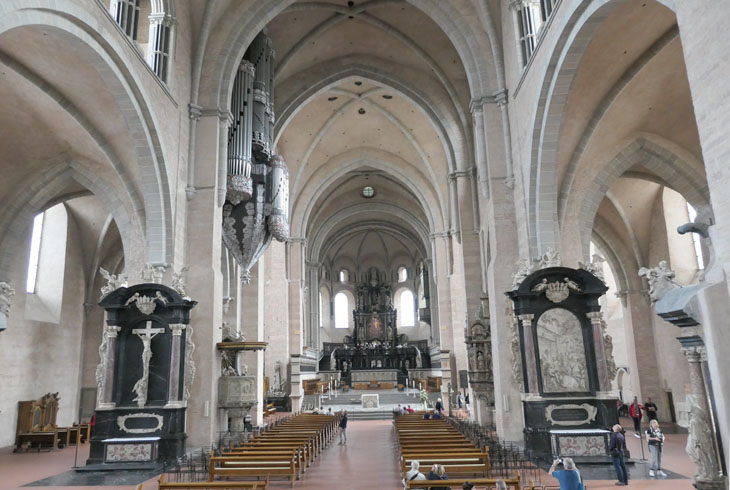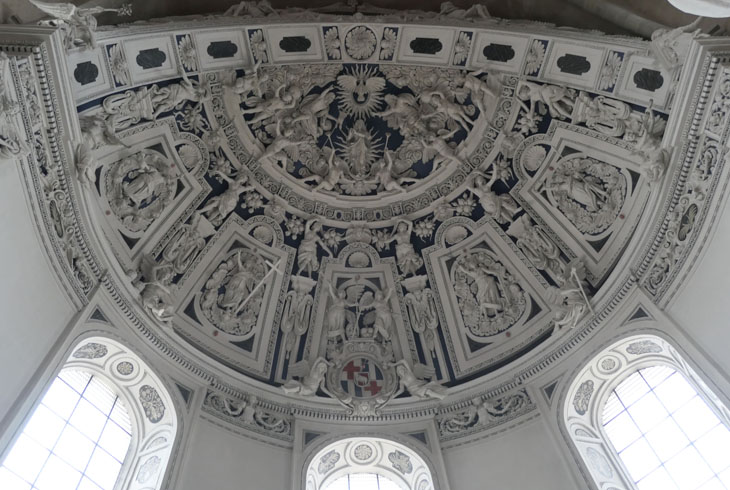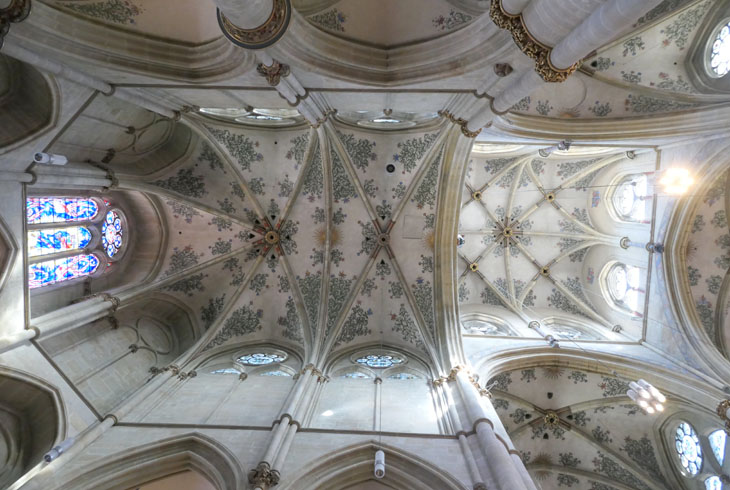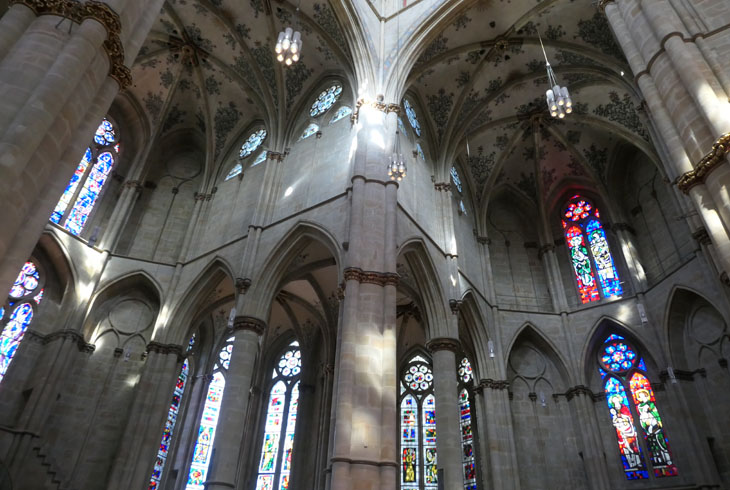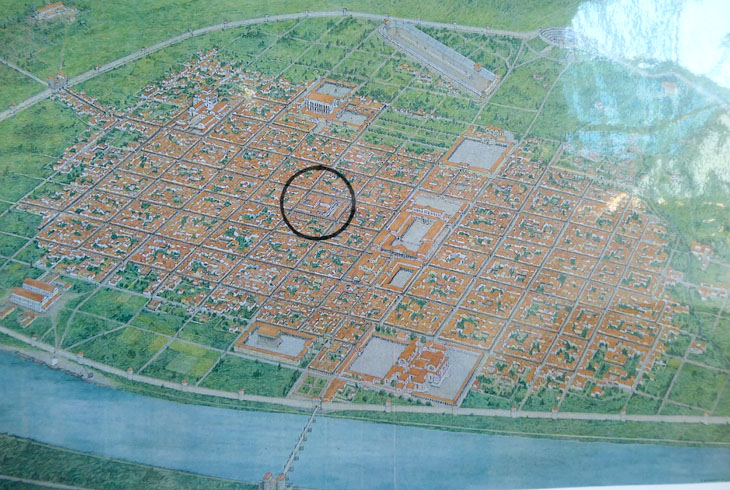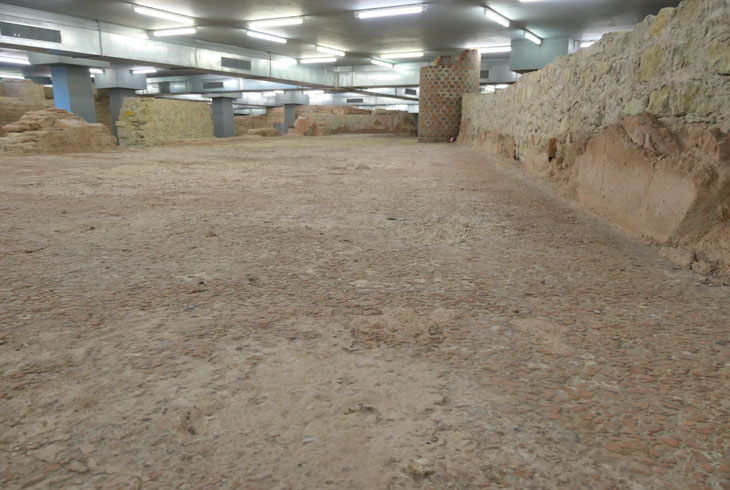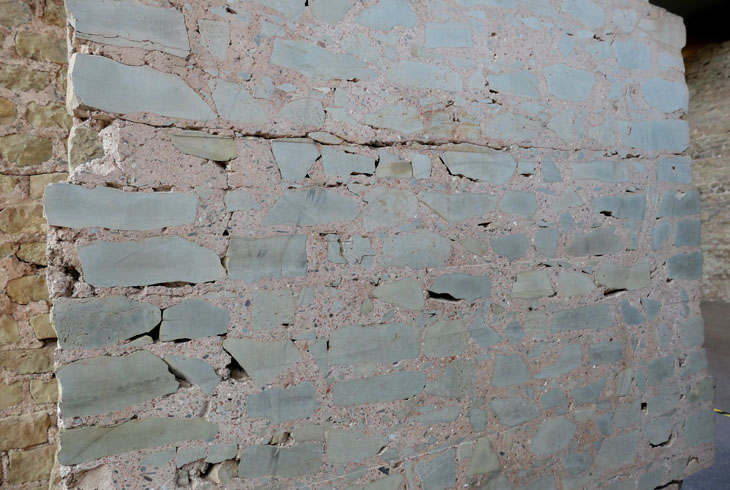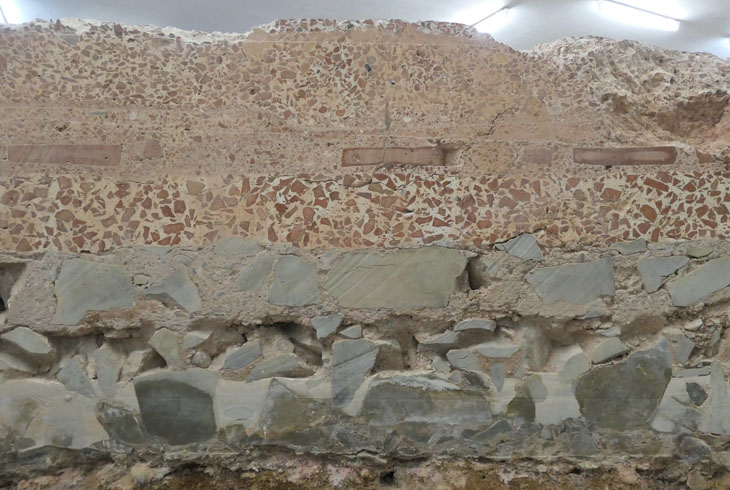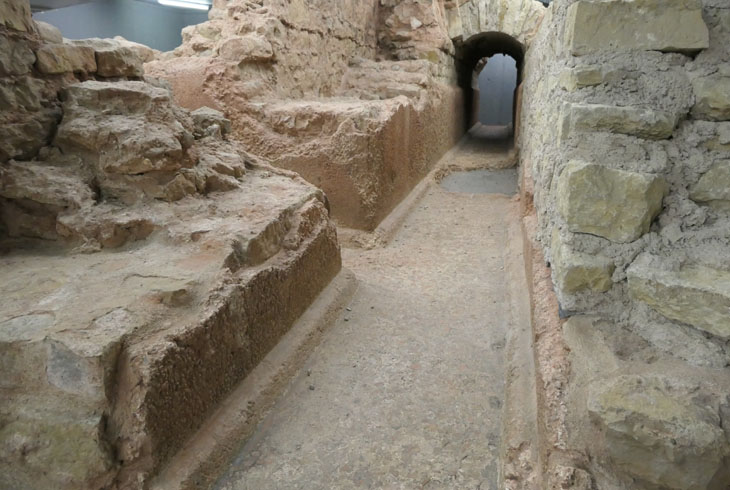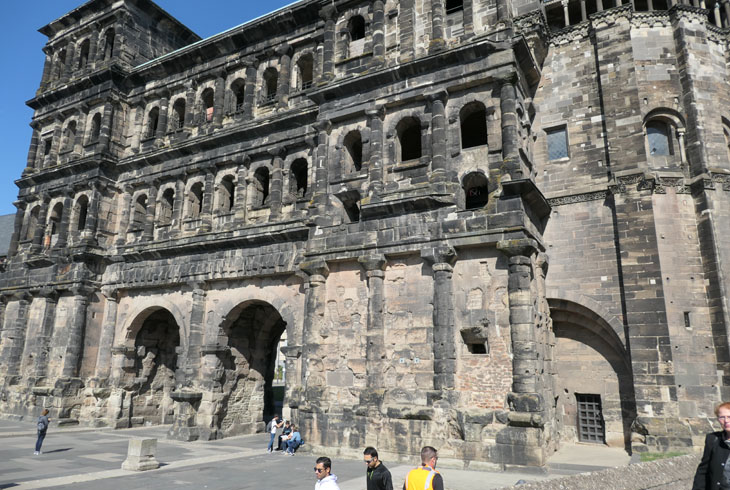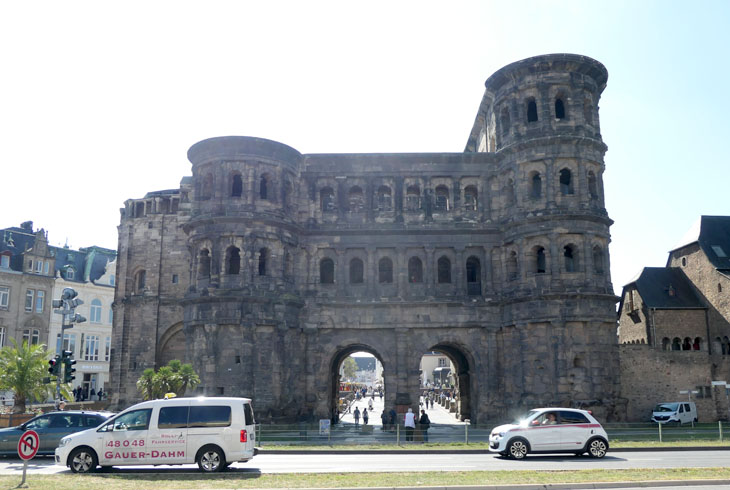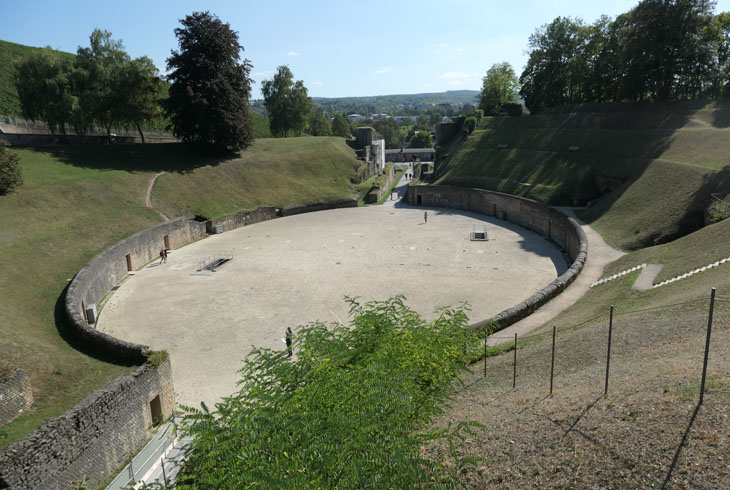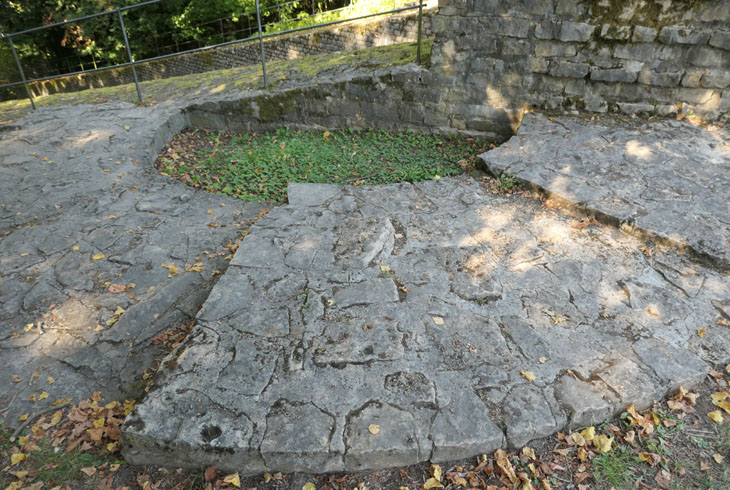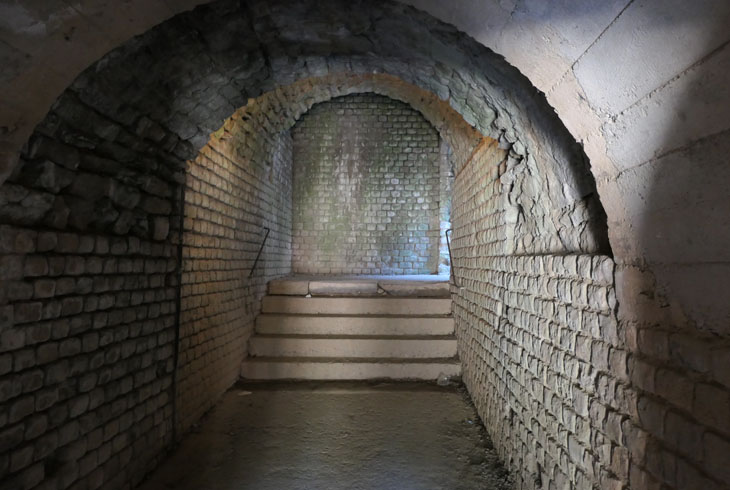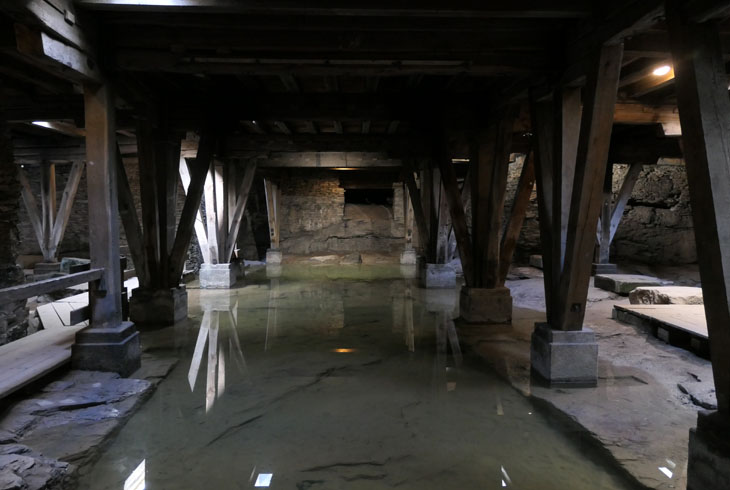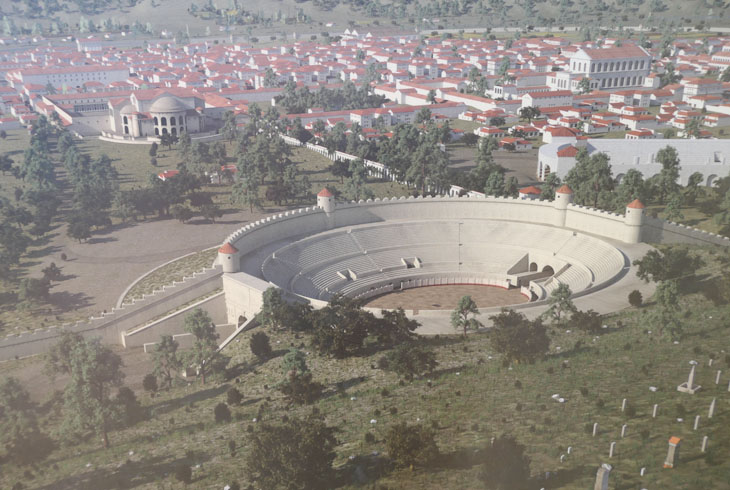Germany 2019b
So after six months in the fatherland, heres 150 photos to celebrate. During this time i came to further appreciate the source of much of what makes those of us from the UK what we are. (Saxon + Angle = anglosaxon)
During this time we made some more train trips to meet more new family, and a big road tip to catch up with the balance of the family and see a bit of the south west. So with the second grandchild due shortly after the first one, we headed to Zurich with easyjet to welcome the little guy to the planet.
Zurich is very modern city. On the last day, knowing my love of the hills, the family took us on an epic day trip up 2100m Pilatus, a mountain that towers over the town of Lucerne. We drive through endless tunnels through the hilly terrain.
This being Europe you dont have to walk up, although many do. This image is of the cable car that takes us, mum, few week old baby in front pack, up the first stage of the ascent.
After several intermediate stops you arrive here to change to a bigger sturdier cable car.
The view as you approach the top.
This panaramic view is taken from one of the two peaks. You do have to walk that last bit, and there are signs warning about alpine weather.
Strangely at 2000m asl, there is no sign of any typical alpine plants, its mostly just grass and numerous flowers. And cows grazing. With cow bells.
View showing the route for those that do decide to walk.
Its certainly not the sort of thing youd see at home, but theres not one but two restaurant/hotels at the summit.
Theres a rabbit warran of tunnels in the summit rocks, and this balcony walk takes you around a loop back to the restaurant.
The babes big brother chasing the birds riding the updrafts.
You can also come via the train. The train up the mountain is cogged, and apparently the steepest train in the world.
A little alpenhorn orchestra plays for the tourists.
A very zoomed view of downtown Lucerne. You can make out several features we visited later on in the day.
Then theres the church atop its bluff.
After they finally drag me down, kicking and screaming, we head to Lucerne for a look around.
This is the famous foot bridge at Lucerne. It was part of a customs collection operation.
There is a lot of old artwork in the rafters of the old foot bridge.
Some parts of the old town wall.
Some of the old houses in the alt part of town.
Duck, white, one.
Church across the river. Pilatus behind.
And looking back the other way to the hotels.
Spiral ramp at Zurich airport's parking building. Maybe you've seen this in a film or two.
Back home in Potsdam, a pair of shots from the tiny 5th floor wohnung balcony.
Ditto.
I'd ridden past this building many times before figuring out that its an old pump house decorated as a mosque. Those prussian kings with architectureal leanings again.
Next is the freilicht open air museum in Detmold. One of two we visited on our road trip south. This museum consisted of a group of half timbered houses from the middle ages, that had been relocated and restored to various extents and eras.
They were very interesting. The bottom floor was for animals along both sides, theshing / general work area in the middle, and at the far end the living quarters. The smoky kitchen was literally part of the barn. Everyone kept everyone warm.
Primitive washing area, and large chimneyless cooking area blackened by generations of smokey fires.
The fachwerk / half timbered design, revealing its cobb inner.
This particular house was in the better end of town, had some women processing and spinning flax into linen.
Spinner at work, chatting away to the visitors, she was only working with a few raw threads at a time.
Teased out of this preprepared bundle.
One of the gadgets used to dress the flax stalks.
Inner workings of a windmill.
Mill stones.
There are two types of windmill. Ones where the top rotates, and ones where the whole building rotates. This is the former.
Kitchen floor pebble mosaic worn down over hundreds of years.
There was a little forest walk to a local attraction at the pension we stayed at the first night. The Externstein is an interesting rock with stair cases carved into the limestone.
The stone carvings dated from 11th century monks.
Mixed forest, deciduous and fur. Somewhat reminiscent of south island beeach forest. The European silver beech is present here and you can definitely see the resemblance to the NZ silver beech (although not botanically related).
Heading west, this is Koeln, or Cologne for the brits. And its massive dom cathedral. Gothic, and old. This and the one at Ulm are both 160m tall and the two tallest churches in Europe. Actually in the world.
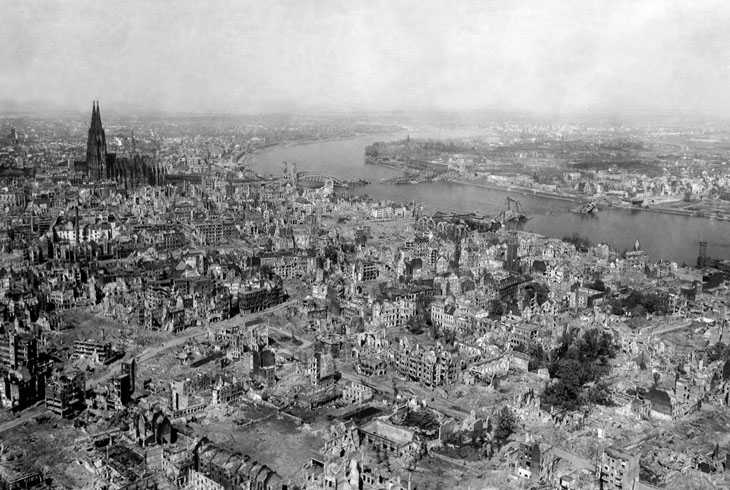
When one thinks of the WW2 bombing of cites we think of the Battle of Britain, but later in the war it would be the allies turn to pound German citys into oblivian. This wikipedia image shows the extent of the bombing in Koeln. You can see from the data here that most german cities were more than 2/3 flattened. Rightly or wrongly. Anyway by some miracle the dom survived.
Its twin spires.
Front door detail. The detailing is recursive the closer you look the more you find.
The stained glass is out of this world.
Shot of general interior. The church is so vast its not really possible to capture the vast extent of it.
A collage of stained glass from three different windows.
This is a small portion of a very large wood carving, which is kind of an illustrated bible.
Floor mosaic.
A view from back aways.
So we are travelling through a region filled with castles. And this is castle number one. Burg Eltz, somewhere near Koblenz in the Rhine valley. A fee to enter, a fee to park, a fee for the minibus, thats Europe.
The castle has a large internal courtyard.
Burg Eltz has been owned by the same family since the 11th century. As there were three branchs of the family it was divided into 3 flats.
This is where the berg meets the burg. Mountain and castle are similar words in the german language. This area also looked, i imagined, like it took an artillery hit at some point with its subsequent repairs.
We stopped for torte at a small village downriver near Chochem, where there is another nice church.
Looking across the Moselle to yet another village, and with the surrounding vineyards.
This is the start of the flowers in the windows province.
This is Cochem and its burg.
Before crossing the border, we spend a day in Trier. Trier is an interesting old old town that dates back to Roman times.
It has a lovely pair of churches. Romanesque with a mix of styles. It is the oldest church in Germany, having roman parts. While the french abandoned it, and the vikings destroyed it in 800CE, it was rebuilt to more or less its present form in the years between 900-1100CE.
Its quite lovely inside, uncorrupted by after thoughts.
Ceiling detail.
Here's an attempt to capture the main roof.
While plain on the outside its a beautiful interior.
But for me the fascination with Trier is its roman history. Rome had scooped up the lower west corner of Germany at the peak of its regime, and Trier was a provincial capital. This is a map of Roman Trier circa 400CE. (bathhouse circled).
First stop is the roman baths. The remains of roman citys are few because after the fall, dark ages ex vanquished peoples tended to "quarry" the city for bricks. Their bricks were good i suppose. So the bathhouse had literally disappeared, with various monastorys and other things built over the top of it. Having been rediscovered in modern times, it was excavated and a glass roof built over the top. This view is the actual floor of the frigidarium.
This is a 1.5m cross section someone cut through the bathhouse floor foundations.
This is a cross section cut through the frigidarium floor. You can see that roman concrete bears a striking resemblance to modern concrete. However roman concrete is more durable for a variety of reasons. Durable enough to last 2000 years. See here for why.
Part of the water races.
Porta niagra, one of the main city gates. 1500 years old. Even with most of its covering bricks lost is still cool.
That's the other side, in rush hour traffic.
Next stop was the amphitheater. This was also long forgotten, robbed of its stones, and overgrown but was recently restored.
The romans were keen on barrel vaults. They are even used here as retaining walls.
Tunnels under the bleachers.
Restored basement area, where the lions and whatnot were kept and various props brought up to the arena on a lift. Water flowed through a small canal to take waste away.
Rendering of its original form. Curiously it formed part of the town wall.
2019-10-09
www.zoneblue.nz/cms/page.php?view=germany-2019b
Summary
During the european summer, this is our travels around Germany to meet new family, and a 2000km road tip to see a bit of the south west.
